2018 Chevrolet Tahoe RST Review: The Only Trim That Really Matters

Chevrolet has gotten good at making special editions for the Tahoe. Or, rather, they’re prolific. You can get a Midnight edition if you’re a goth, a Signature Edition if you like monograms, the all-season package (because winter in the other three-ton SUVs is a grim nightmare), and even a Z71 package for if you want to take your massive SUV off-road and onto a trail that it surely won’t fit down. They all offer something, but none gives you what you really want. What the Tahoe has actually been missing. The 6.2-liter V8.
That’s where the RST comes in. Available with either the 6.2-liter engine or the vastly inferior 5.3, it’s the only Tahoe that offers the option, so it’ll be the biggest decision you make when you get to the dealership. But it won’t be a tough one.
Rally (nope) Sport (not really) Truck (ehhhh)
The RST package, naturally, includes more than just the optional engine. There are also blacked out badges, some chrome is gone, but those sort of pale in comparison to the other big driveline options: Borla exhausts and Chevy/Ford’s ten-speed auto. In concert with the 6.2-liter’s 420 hp and 460 lb-ft of torque—a full 75 hp more than the 5.3 (I wasn’t kidding when I said this engine was better)—it’s good enough to get you up to 60 mph in less than 6 seconds.
FAST FACTS
| Engine: | 6.2-liter V8 |
| Output: | 420 hp, 460 lb-ft |
| Transmission: | 10-speed automatic |
| Fuel Economy: | 14/22/17 (US), 13.8/10.7 (CAN) |
| Price as tested: | $75,730 (USD), $89,260 (CDN) |
Chevrolet doesn’t actually say how much less than 6 seconds, but people with access to tracks and timing equipment (jerks) say that they’ve seen this big fella hit 60 in as little as 5.7 seconds. Let that sink in. Yes. I know. A Tesla can hit 60 mph in, like, 2 seconds and a Jeep Trackhawk can do it in just 3, but this is a vehicle that was made by a company with actual production standards and it isn’t actively trying to harm you (points for guessing which burn applies to which company) [It’s both. Both burns apply equally to both companies]. This is a real SUV with a real engine that real people could actually use as their only vehicle and it weighs three tons and it’s the size of one of Jupiter’s moons and it hits highway speeds faster than Magnum P.I.’s Ferrari. It’s uncanny.
Despite that, I would challenge Chevrolet’s assertion that it’s a Rally Sport Truck (which is what RST stands for). It’s more like, sport-y. Sport-ish. Sport-esque, as the French say. The excellent engine and the equally excellent transmission that’s keeping you in the torque band when you want and in the green zone when you want that notwithstanding, it’s just too big to be sporty.
ALSO SEE: 2018 Lincoln Navigator Redefines Large Luxury SUVs
Wisely, though, Chevrolet has recognized that. They’ve taken a measured approach, which may feel strange in today’s America, but the benefits are borne out in the drive. It still feels big and heavy like a truck, because it is. Chevy hasn’t sacrificed comfort or practicality (or common sense) trying to fool us into thinking that its Corvette engine (basically) turns it into a Corvette. It still has a column shifter, for God’s sake.
Sense and Sensibility
Maybe you ‘boomers feel differently, but I’ve never gotten into a car with a column shifter and thought to myself: “Daytona Motor Speedway!” And Chevy’s half-baked solution for manually controlling the gears (a plus or minus button on the column shifter that you can see just inside the steering wheel below) is laughably ineffective. You’d feel sportier pushing your coke-bottle glasses back onto your nose after solving a quadratic equation than you do swapping gears with that dorky little button. You’d also probably solve that equation faster than the buttons shift the trans in this application.
And it’s top heavy, too. I mean, obviously. Look at how much girth there is to handle. And all of it sitting on top of an old-school chassis rather than forming part of it. But that’s okay because who in their right mind is taking a Tahoe to the track? Actually, with 8,100 lbs of towing capacity (in the AWD; 8,200 lbs if you opt for RWD) it would be a pretty good way to tow a race car to a track. But no one in their right mind would take it on a track. Not after feeling how much it leans on a good on-ramp.
But here’s the thing about leaning that no one but Fat Joe has the courage to tell you: it’s thrilling. There’s something about the way the Tahoe RST gathers speed and how big it feels that makes the experience naughty in a “lets TP the principal’s house” kind of way. It’s not dangerous, but it is a little scary. Ultimately, you know that you’re safe, but the leaning reminds you that there are consequences and helps give you the little shot of adrenaline that we’re all running after without sacrificing comfort.
ALSO SEE: 2015 Chevy Tahoe Review
The benefit of the RST is that you still get a very tall, very comfortable, and very well appointed truck that can pull off the line. Towering over everything else on the road ready to take off from a light, the RST makes you feel superior and powerful, much like I imagine Andre the Giant felt. And like that reference, there might be more modern equivalents (the Explorer has a little more tech, the 4Runner has its advantages, and The Rock is a much more relevant wrestling-based celebrity), but it still does the trick. You get TVs for your many passengers, a 4G LTE WiFi hotspot, and an 8-inch infotainment screen, so it’s got enough features to keep your friends entertained and/or impressed—though you might not win gadget-off.
Where it does lag behind is in safety features. Nearly everything on it is passive. It’s got all kinds of airbags and blind-spot monitoring, plus adaptive cruise control, but there’s no lane-keep assist and Front Automatic Braking is an option. But I don’t really like lane-keep or automatic braking, so it kind of just feels like the Tahoe trusts me to drive, which is nice.
The Verdict: 2018 Chevrolet Tahoe RST Review
Climbing into the Tahoe (because you do climb) makes you feel big and important. And the sound of the 6.2 emanating from the Borla exhausts does remind you that you have an engine not too dissimilar from the Corvette’s. And with cylinder deactivation, you can actually get around 26 mpg on the highway (if you try really hard). And it’s all wrapped in a body that I still think looks great, made …marginally better by the blacked out badges and lack of chrome. If you’re thinking of buying a Tahoe—as a fair number of you undoubtedly are—the RST’s the one to go for.
LOVE IT
- The 6.2-liter engine is THE engine for the Tahoe
- Large and in charge
- Fun to drive in a SUV-ish kind of way.
LEAVE IT
- The tech is less than mind-blowing
- The interior is a little tacky
- Manual shift buttons are so half-baked that Chevy might as well have not started.

Sebastien is a roving reporter who covers Euros, domestics, and all things enthusiast. He has been writing about the automotive industry for four years and obsessed with it his whole life. He studied English at the Wilfrid Laurier University. Sebastien also edits for AutoGuide's sister sites VW Vortex, Fourtitude, Swedespeed, GM Inside News, All Ford Mustangs, and more.
More by Sebastien Bell



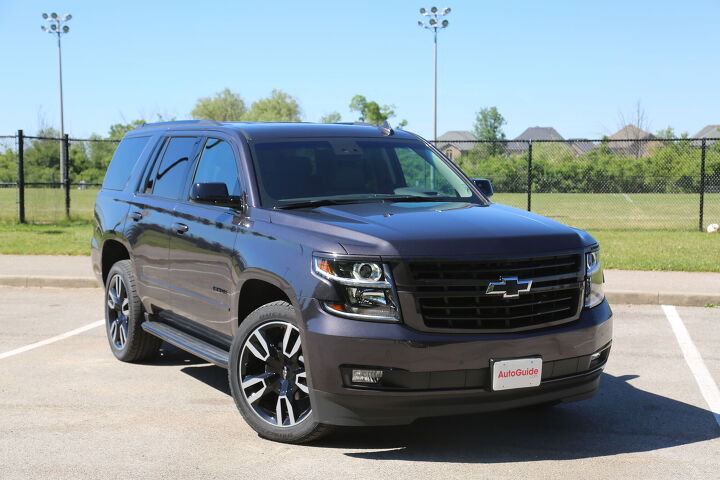








































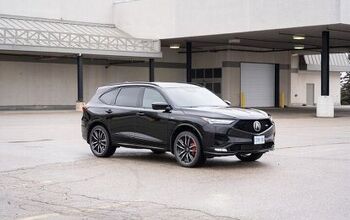





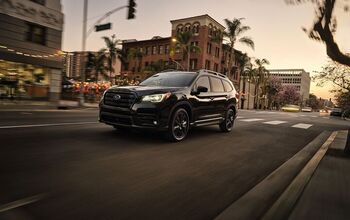
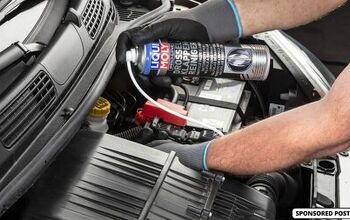
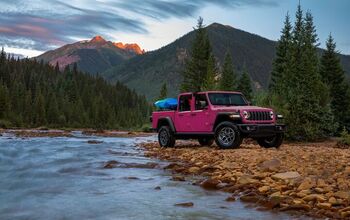

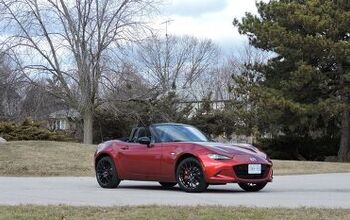
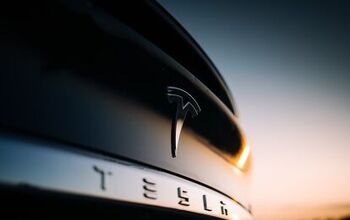

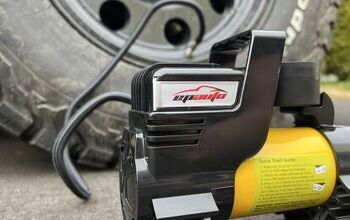
Comments
Join the conversation